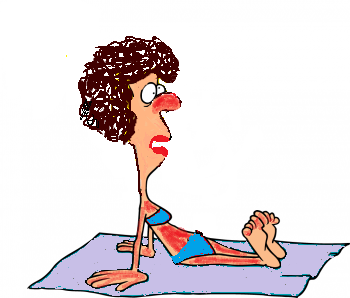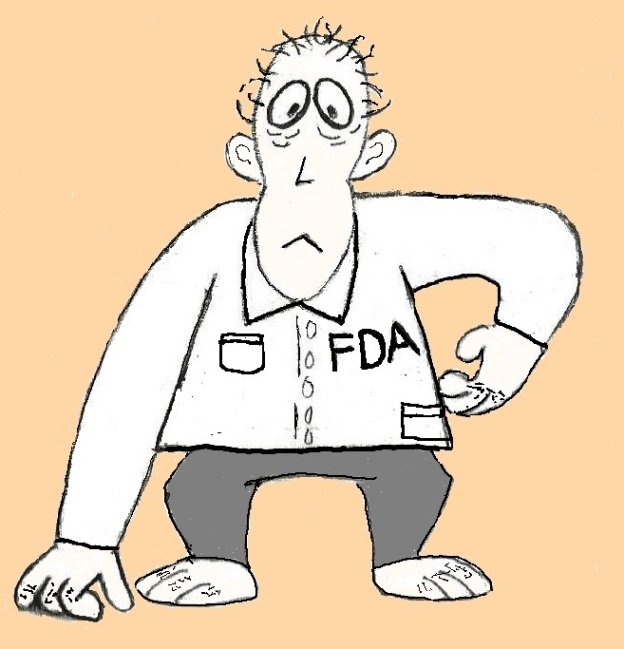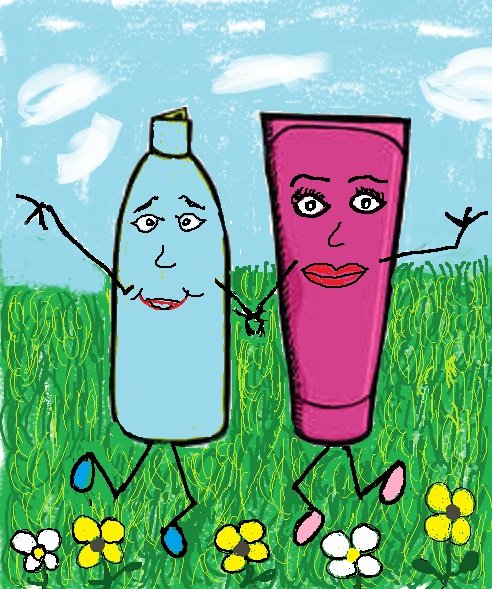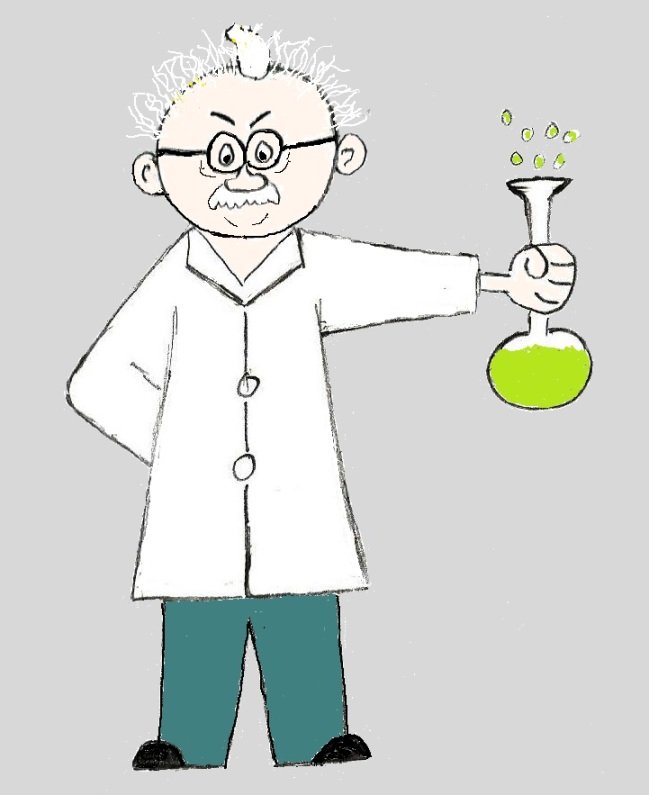- Home
- Toxic Chemicals in Personal Care
- Sun Safety
Should Your Sun Safety Include Sunscreen?
Sun safety usually includes sunscreen to protect you from skin cancer. But the chemicals that are used to reduce your exposure to harmful UV rays increase your exposure to harmful toxins. Read this before you slather on the sunscreen.
Sunscreens
Skin cancer is the most common form of cancer. So protecting yourself from the damaging effects of the sun’s rays is an important way to protect your health. But, if you rely on sunscreen loaded with harmful chemicals or nanoparticles, the risks may outweigh the benefits.
There are 2 types of sunscreen- chemical and mineral.
Chemical sunscreens use ingredients like avobenzone or oxybenzone to create a chemical reaction on your skin, turning the harmful UV rays into heat. These are the lotion-like sunscreens that are easy to apply and quickly absorbed.
Mineral sunscreens use zinc or titanium dioxide to physically scatter and deflect the DNA-damaging UV rays. These are the thick, hard to apply sunscreens that leave a white cast to your skin.
Chemical Sunscreens
The chemicals added to chemical sunscreens mess with your hormones, cause allergic reactions, may make asthma worse and decreases your skin’s ability to block the absorption of toxins.
In fact, the highest number and biggest concentration of endocrine disrupting and asthma related chemicals in personal care products are found in sunscreen. This was the conclusion of a 2012 study of 213 different products published by Environmental Health Perspectives.
For example, Oxybenzone, also known as benzophenone-3 (BP3), is the most notorious chemical UV filter used in an estimated 60 percent of U.S. sunscreen formulas. This hormone-disrupting chemical is linked to fluctuating testosterone levels in men and woman and infertility.
Plus, there's a lot that isn't known about the safety of sunscreen chemicals. And that's a problem because what we do know is that sunscreen chemicals are easily absorbed through your skin and into your body.
A 2019 study published in JAMA measured the concentration of four different active sunscreen ingredients in the blood of study participants after applying sunscreen.
The ingredients were avobenzone, oxybenzone, octocrylene and ecamsule. When safety info is lacking for chemicals, the FDA recommends absorption of these chemicals into your body shouldn't go above 0.5 ng/mL (nanograms per milliliter).
The JAMA study found that For all ingredients, the levels far exceeded that limit on the first day of the study. And three of the ingredients remained in the bloodstream for seven days. Oxybenzone reached the threshold within two hours after a single application and exceeded 20 ng/mL on day 7 of the study.
The harmful chemicals found in sunscreens include:
- Octinoxate
- Several types of Benzophenone, like Oxybenzone
- Phthalates
- BPA
- Fragrance chemicals
- Parabens like Methyparaben
- Skin penetration enhancers like SD Alcohol 1
Mineral Sunscreens
Mineral sunscreens were usually considered safer than chemical sunscreens. At least before nanosize particles became common ingredients in sunscreen and other personal care products.
Because, besides the types of chemicals used in sunscreens, the size of the chemical particles is a health concern.
Titanium dioxide and zinc oxide are common ingredients in sunscreen because they are effective UV blockers. Sunscreen makers are now using nanoparticle versions of both because they make sunscreen lotion that used to be white clear and supposedly improve its UV protection.
Nanoparticles are particles less than 100 nanometers (nm) in size. To put that
into perspective, one hair on your head is 80,000nm thick.
Nanosize particles act differently than
larger size particles of the same substance. They can cause much more damage to
your body.
The nanoparticles used in sunscreens are photoactive - meaning they produce free radicals and cause damage to DNA in your skin cells (which is the same thing UV rays do and what you’re trying to avoid by using sunscreen).
And, nanoparticles in products you put on your skin can be absorbed into your body. They can also be inhaled if you use spray type sunscreens. This ability is increased by the skin penetration enhancers in sunscreens and if you apply these products to broken skin.
The scariest thing about this is that, unlike larger particles, nanoparticles can easily enter cells, tissues and organs like your brain, heart, kidneys and commonly the liver and spleen. Once in your body they can accumulate and cause damage in the lungs, brain, liver, spleen, and bones. They also affect male and female fertility and thyroid function and can stimulate inflammatory and immune system responses.
For more information on nanoparticles check out Nanoparticles and Your Health – What You Need to Know.
Non Toxic Approaches to Sun Safety

There are several non toxic approaches to sun safety. Which one is right for you depends on your lifestyle and the amount of time you spend in the sun.
1. Stay Out of The Sun
The best solution is to limit your sun exposure. Some sun exposure is important for Vitamin D. But after 20-30 minutes get out of the sun and avoid the sun between 10:00 am – 4:00 pm.
2. Cover-up
It's not always practical to stay out of the sun so another option is to cover-up with light weight clothing, big hats and beach umbrellas.
There is clothing specifically made to block UV rays but some types can be just as bad for you as sunscreen. Avoid polyester clothing because it usually is antimicrobial. This means it contains nanosilver to reduce odors when you wear it.
Also, some companies embed nanos of zinc into their sun protection clothing to block UV rays. Sweat can release the nanos into your skin.
Clothing made with organic cotton and bamboo (naturally antimicrobial) is a great option. My favorite sun protection clothing is made by Tasc Performance.
Sun Protection
"Research shows that people who rely on sunscreens alone tend to burn more than those who stay in the shade and wear long sleeves. Avoid the sun or stay in the shade when the sun is the strongest (10 a.m. to 4 p.m.), and dress right for the occasion. Wear a hat and clothing that's made from tightly woven fabric. (Dark colors are better at blocking UV rays.) Hold clothing up to the light; if you can see through it, the UV rays can get through, too." Consumer Reports 2012
3. Try some non toxic varieties of sunscreen and avoid ones with nanoparticles.
There are non toxic sunscreens that contain safer ingredients but there are some downsides. You have to approach using these knowing that they are harder to rub in (no skin absorbing enhancers), will leave a white residue (only nanosize particles would take care of that) and have a shorter shelf life (no parabens).
Some of the best choices contain zinc oxide and state right on the label that the zinc is greater than (>) 100 nm in size. Avoid the product if it’s not clear whether it contains nanoparticles. For example, California Baby sunscreen contains titanium dioxide but you don’t know if it’s nanosize.
Terra Sport, Babo Botanicals and Badger Sunscreen Cream are rated as some of the top sunscreens in performance and safety by the Environmental Working Group. They contain non-Nano, uncoated zinc oxide.
Other good nonnano options include:
Emric's Essentials SPF-30 Sunscreen Lotion
derma e Antioxidant Natural Sunscreen SPF 30
Natural Daily Sunscreen SPF 30
Original Sprout Face & Body SPF 27 Sunscreen
Babyganics Mineral-Based Baby Sunscreen Lotion
My Approach to Sun Safety
I spend two hours a day hiking but I usually don’t wear sunscreen. But because I hike in the woods where there’s lots of shade, I can easily limit my exposure to a half hour a day.
I’m also in charge of an invasive species removal project at a nearby state park. This requires a whole lot of weeding and planting in sunny areas. I do this in the morning or evening and wear long sleeves, long pants and a hat to reduce sun exposure.
When I can't avoid prolonged sun exposure I use a nano-free mineral based sunscreen.
But, the best approaches to sun safety need to be based on what works for you and your lifestyle. If you decide the risks of using conventional sunscreens outweigh the benefits, give some of the safer alternatives a try.







